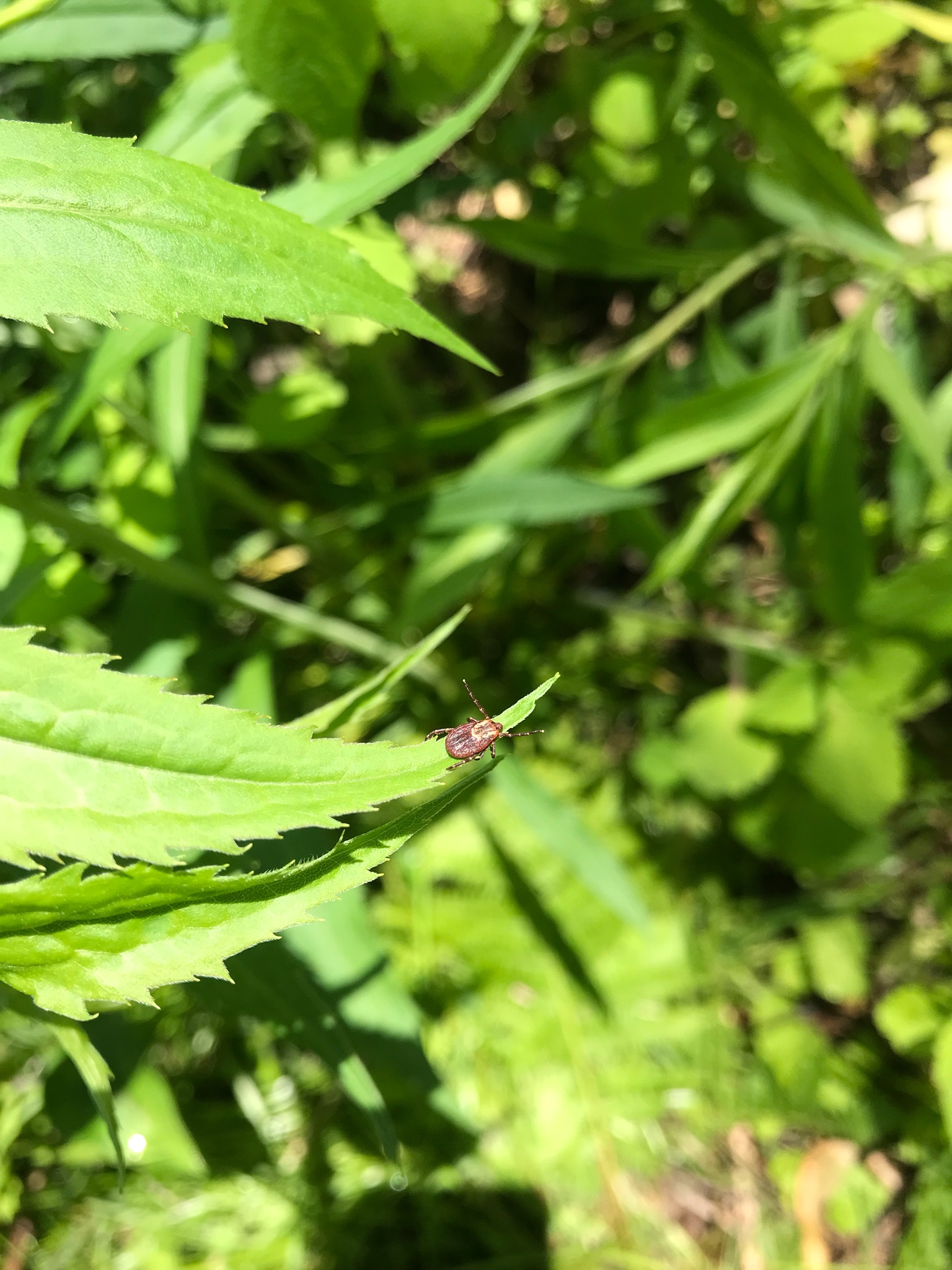Rickettsia endosymbiont
Rickettsia endosymbiont is a broad term which includes any non-pathogenic Rickettsial bacterial species that lives within the tick. However, research suggests the presence of Rickettsia endosymbiont may speed up transmission time of Borrelia burgdorferi, the causative agent of Lyme disease.
Alpha-Gal Syndrome: The Red Meat Allergy
Scientists have recently confirmed multiple cases in which bites from a lone star tick appear to cause an allergic reaction to red meat, known as Alpha-Gal syndrome. The allergy comes from the saliva of the tick and not a specific infectious agent. Even if the tick has no infection, you are still at risk for developing an allergy to red meat.
The saliva of a Lone star tick has a carbohydrate known as Alpha-gal which is similar in structure to a carbohydrate present in red meats. When the tick saliva enters your body, there is a chance your immune system will create antibodies against the Alpha-gal carbohydrate. Because the structure of these carbohydrates are so similar, the antibodies may mistake the red meat carbohydrate for the Alpha-gal carbohydrate, causing an allergic reaction that was meant for the tick saliva.
If you are concerned you may have developed a meat allergy due to a Lone star tick bite, make sure to contact your allergist to discuss available options.
The Powassan Virus
The Powassan virus is a rare but serious virus predominantly in the North East. It is carried by the Ixodes species of ticks. The virus belongs to the genus flaviviruses, which are known for their encephalitis based illnesses. Although it is considered rare, emerging cases are appearing and this could become a trend due to climate change.
It’s important to be aware of the virus because it is not prioritized in tick-borne illness testing due to its rarity. Although treatment options are limited, the nature of the virus can become quickly severe, so medical care is critical at the early stages.

